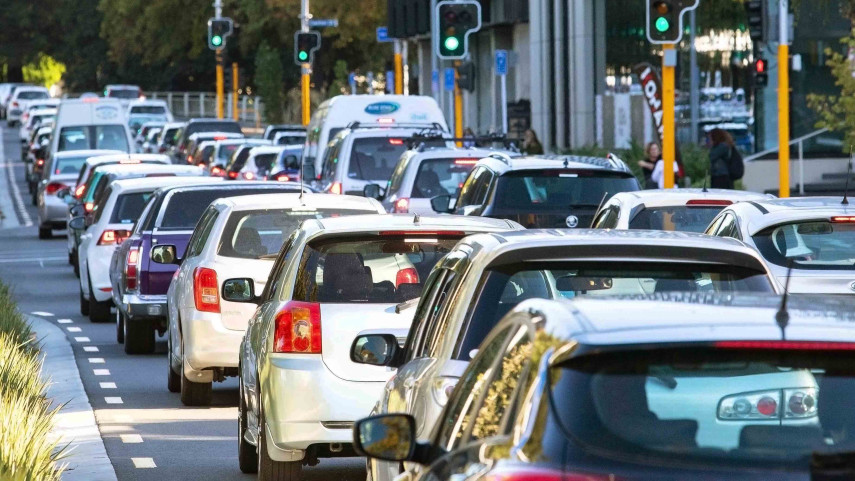
Latest greenhouse gas emissions report released for Christchurch

Share this story
Christchurch’s latest greenhouse gas emissions report shows an overall positive trend for the district but highlights there is still work to be done to meet emissions targets.
The report for financial year 2023, completed by AECOM, shows a general trend where gross emissions are decreasing but are not yet on track to meet Christchurch City Council’s target of net zero greenhouse emissions, excluding methane, by 2045.
Read the full Ōtautahi Christchurch Greenhouse Gas Emissions Inventory Report 2023
The report provides data that can inform the Council’s decision-making but does not make specific recommendations for action.
The total gross emissions produced in Christchurch for financial year 2023 was 2,507,475 tonnes of carbon dioxide equivalent (CO2-e).
Here is the breakdown by sector:
- Transport – 54 per cent (including on-road transport – 38 per cent)
- Stationary energy – 21 per cent
- Agriculture – 16 per cent
- Industrial processes/product use – 5 per cent
- Waste – 5 per cent
Council Team Leader Climate Resilience Lisa Early says the report is aimed at equipping the Council, its partner agencies, organisations and residents with information that will help to lower the district’s emissions over time.
“In order to meet our emissions targets as a district, we need to regularly take stock of where we stand with respect to them, so we can move forward and take the right steps to get there together.
“The new data from the 2023 emissions report will help to inform all aspects of the Council’s decision-making, especially when it comes to our climate change emissions reduction and adaptation planning, transport planning, and land use and growth.”
The report’s results for 2023 have been compared to financial year 2019, the last time the inventory was done, and to 2017, which serves as the baseline for the Council’s emissions targets.
The latest results show that between 2019 and 2023, total gross emissions in Christchurch decreased by 12 per cent, largely due to reductions in emissions from stationary energy, mainly electricity, and transport. Stationary energy includes all fossil fuels used in generating electricity and industrial heat.

Gross emission decreases were largely due to reductions in stationary energy, mainly electricity.
The report notes the decrease in stationary energy emissions was due to low average rainfall in 2019, then high average rainfall in 2023 leading to increased hydroelectricity generation.
It also notes that while there has been a general trend of decarbonisation, the emissions intensity of the national grid changes year on year, and the decrease in transport emissions was largely due to a reduction in air travel following the COVID-19 outbreak.
While the 2017 inventory is not directly comparable to the 2019/23 results due to differences in the data, when compared to 2017’s baseline levels, total gross emissions in Christchurch decreased by 1.1 per cent in 2023.
The latest data contributes to tracking progress towards the district’s emissions targets of net zero greenhouse gas emissions by 2045, with a 50 per cent reduction from financial year 2017 by 2030 (excluding methane), and at least a 25 per cent reduction in methane emissions by 2030, with a 50 per cent reduction from 2017 by 2045.
The Council is also preparing an inventory report of its own emissions for 2023 which is being independently audited and will be made public later this year.
